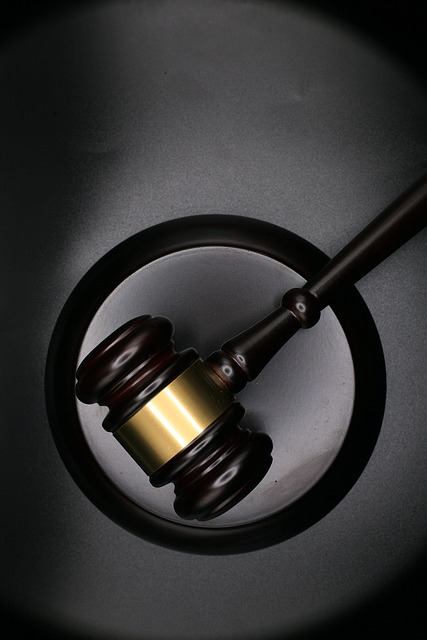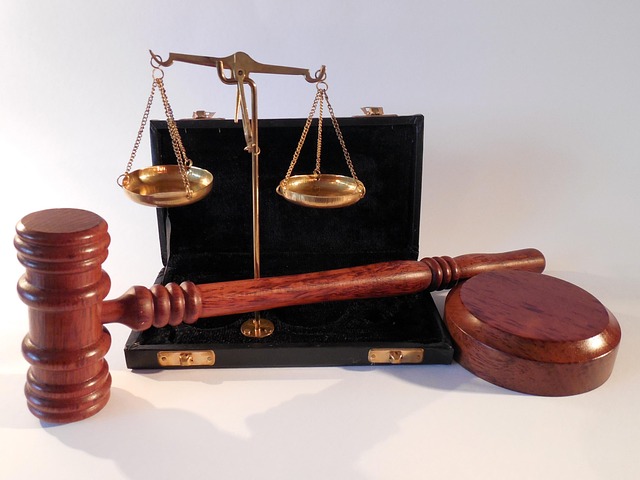Class action lawsuits are a powerful tool for justice against widespread wrongdoings, holding entities accountable for significant harm or rights violations. These collective legal actions consolidate numerous claims, making them efficient and aiming for fair resolutions. Filing a class action lawsuit claim involves meticulous evidence gathering, including financial records and communication logs, to prove business losses caused by C-level executives. Success can lead to settlements or dismissals, providing compensation for harmed parties. A strategic approach is crucial, involving amassing comprehensive evidence, expert analyses, and clear argumentation to demonstrate widespread harm. Understanding the process and key steps, like how to file a class action lawsuit claim, is vital for both corporate and individual clients.
“In the complex world of corporate governance, C-level investigations are crucial steps towards justice. This article guides you through the intricate process of launching a class action lawsuit, demystifying key components like understanding the grounds for such actions and identifying liable executives. We explore effective strategies to gather evidence, navigate legal procedures, and build a compelling case. Learn how to file a successful class action claim, ensuring your voice is heard and wrongdoings are addressed.”
- Understanding Class Action Lawsuits: When and Why They're Launched
- Identifying C-Level Targets: Who's Liable in Corporate Misconduct?
- Gathering Evidence: Documenting Wrongdoings for a Solid Claim
- Navigating Legal Procedures: Filing the Class Action Lawsuit
- Building a Strong Case: Strategies for Success in Court
Understanding Class Action Lawsuits: When and Why They're Launched
Class action lawsuits are a powerful tool for justice, especially when addressing widespread wrongdoings that affect a large number of people. These legal actions are initiated when individuals come together to hold accountable entities responsible for significant harm or violations of their rights. Understanding how and why these lawsuits are launched is crucial in grasping the implications for both corporate and individual clients.
When considering a class action lawsuit, it’s important to recognize that it often involves high-stakes cases where the potential monetary rewards or penalties can be substantial. This collective legal strategy is particularly effective when dealing with systemic issues impacting various sectors, including philanthropic and political communities. By consolidating numerous claims into one suit, the process becomes more efficient, ensuring a fair resolution for all involved parties.
Identifying C-Level Targets: Who's Liable in Corporate Misconduct?
When it comes to corporate misconduct, identifying the right targets at the C-level is paramount.
The individuals held liable are often those with significant decision-making authority and responsibility within an organization. This could include executives, board members, or senior managers who were directly involved in, or had knowledge of, illegal activities such as fraud, securities violations, or anti-competitive practices. A thorough investigation is necessary to uncover the extent of their involvement and liability. Understanding the nuances of corporate structures, reporting hierarchies, and legal frameworks is crucial when determining who bears responsibility for such misconduct.
For those facing potential accusations, it’s important to know that a successful How to File Class Action Lawsuit Claim hinges on a compelling case demonstrating direct involvement in or failure to prevent the unethical behavior. A robust white collar defense strategy will scrutinize every detail of the allegations, aiming for a complete dismissal of all charges if the client’s actions were legal and ethical.
Gathering Evidence: Documenting Wrongdoings for a Solid Claim
When initiating a Class Action Lawsuit Claim, meticulous evidence gathering is paramount to strengthen the case and increase chances of success. The process involves sifting through financial records, emails, contracts, and any other relevant documents that can serve as irrefutable proof of wrongdoings. It’s crucial to document these findings thoroughly, ensuring each piece of evidence is properly attributed and dated.
This methodical approach, involving detailed record-keeping, helps in constructing a compelling narrative that can withstand scrutiny, whether it’s during negotiations or in the event of jury trials. By meticulously gathering and preserving evidence, plaintiffs can avoid potential pitfalls like indictment for false claims, especially when dealing with complex cases across the country.
Navigating Legal Procedures: Filing the Class Action Lawsuit
Navigating Legal Procedures involves a critical step: Filing a Class Action Lawsuit. This process requires meticulous attention to detail and a deep understanding of legal frameworks. To initiate this, plaintiffs must compile comprehensive evidence, including financial records, communication logs, and other relevant documents that prove their respective business suffered losses due to the actions of the C-Level executives.
The goal is to present a strong case that justifies collective redress for all affected stakeholders. This involves strategic legal maneuvering to ensure the complaint meets the criteria for class action certification. If successful, this can lead to either a settlement or a complete dismissal of all charges against the respective business, providing justice and compensation for the harmed parties.
Building a Strong Case: Strategies for Success in Court
Building a strong case for a class-action lawsuit requires meticulous planning and strategic execution. The first step involves gathering extensive evidence and documenting every detail related to the alleged wrongdoings. This includes financial records, legal documents, expert opinions, and witness statements that can substantiate the claims. Legal teams must carefully analyze these materials to identify patterns, trends, and any violations of existing laws or regulations.
A well-structured case presentation is crucial for success in court. Attorneys should focus on clear and concise arguments, ensuring the evidence supports their assertions. This strategy involves highlighting the impact on a large number of corporate and individual clients across the country who have been harmed by similar actions. By presenting a compelling narrative with solid backing, the likelihood of reaching favorable jury trials increases significantly.
In navigating complex corporate misconduct, understanding class action lawsuits and their legal procedures is pivotal. By identifying liable C-level targets, gathering compelling evidence, and employing successful case strategies, individuals can effectively launch a How to File Class Action Lawsuit Claim. These steps ensure a robust legal process, ultimately aiming for justice and accountability in today’s business landscape.






